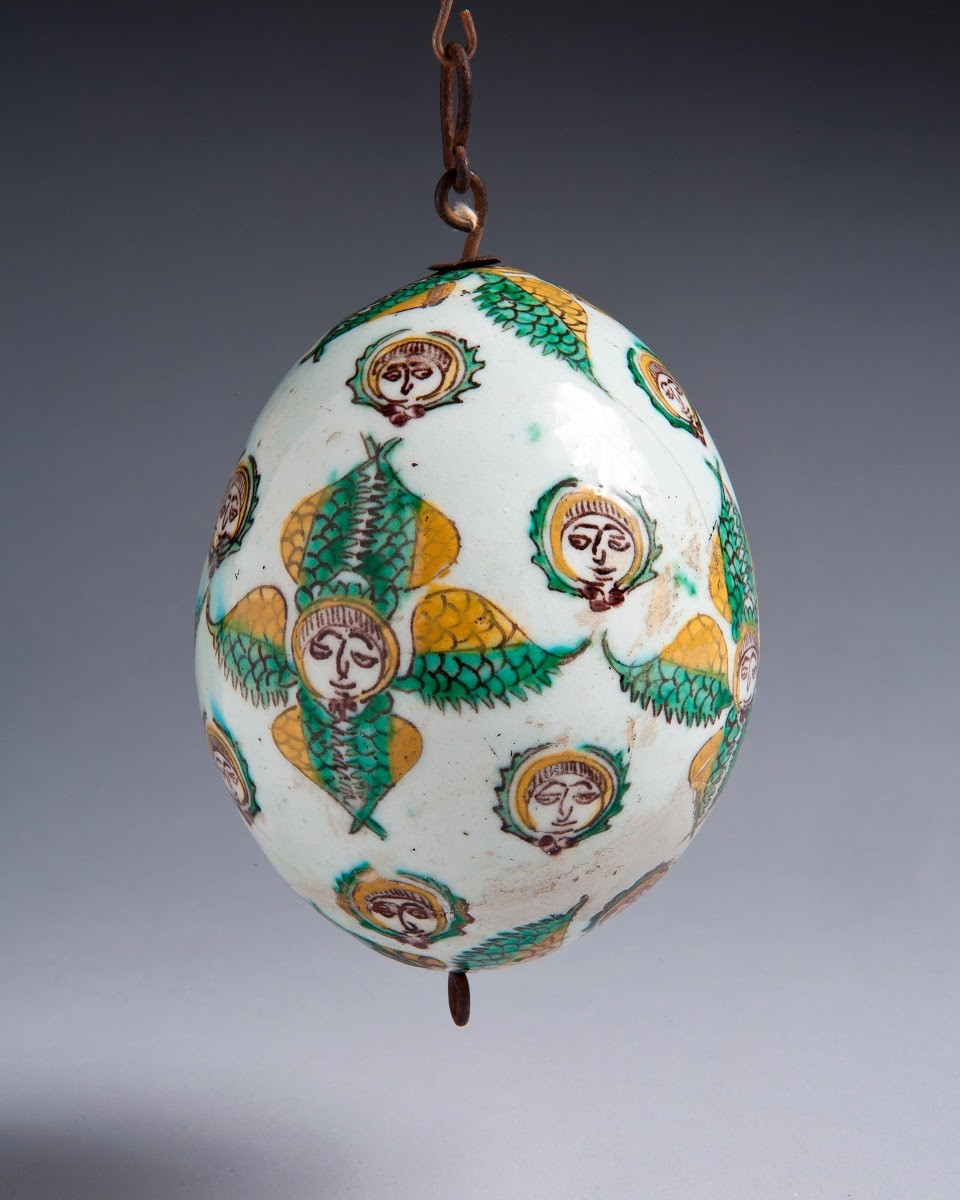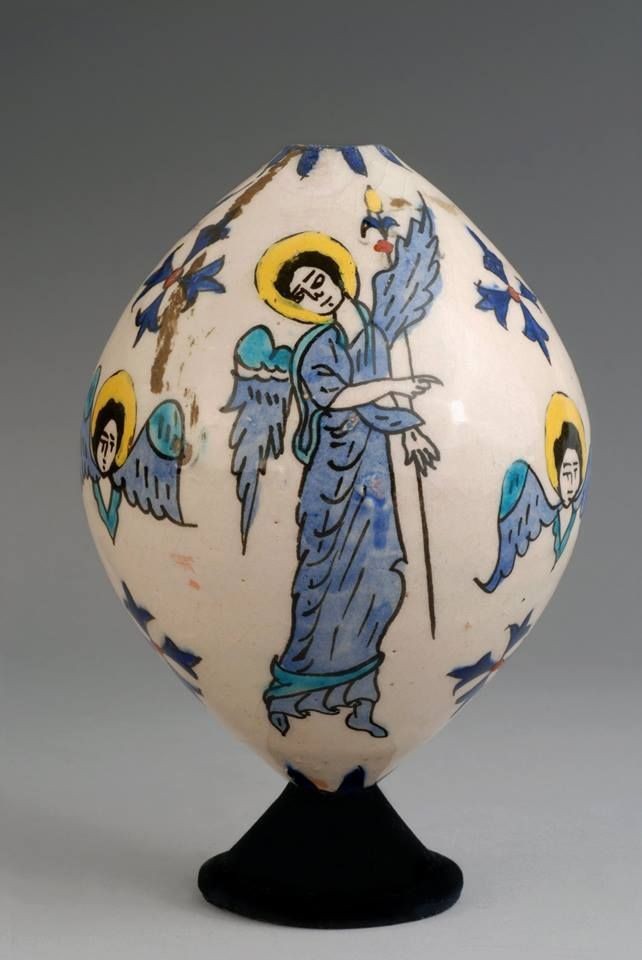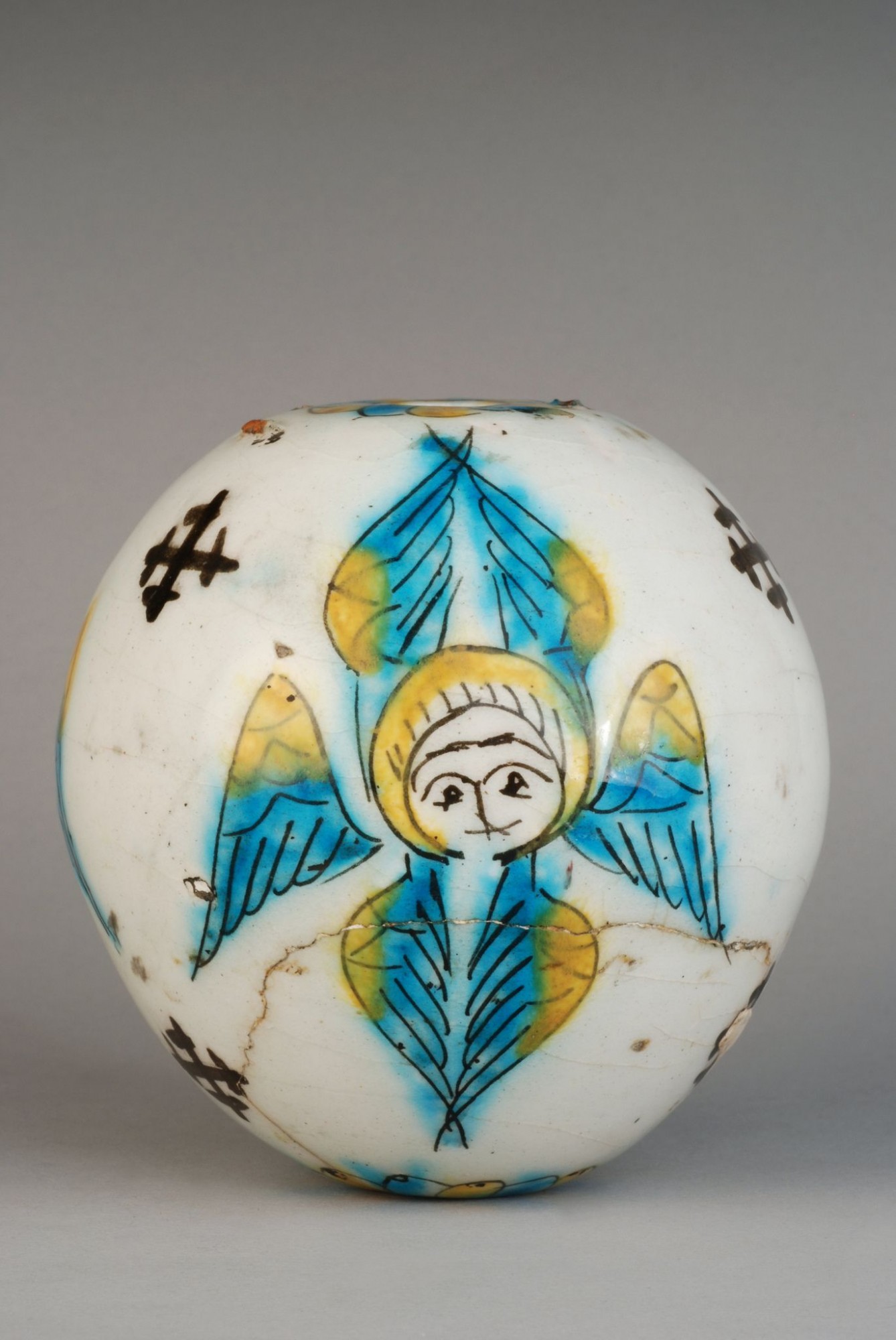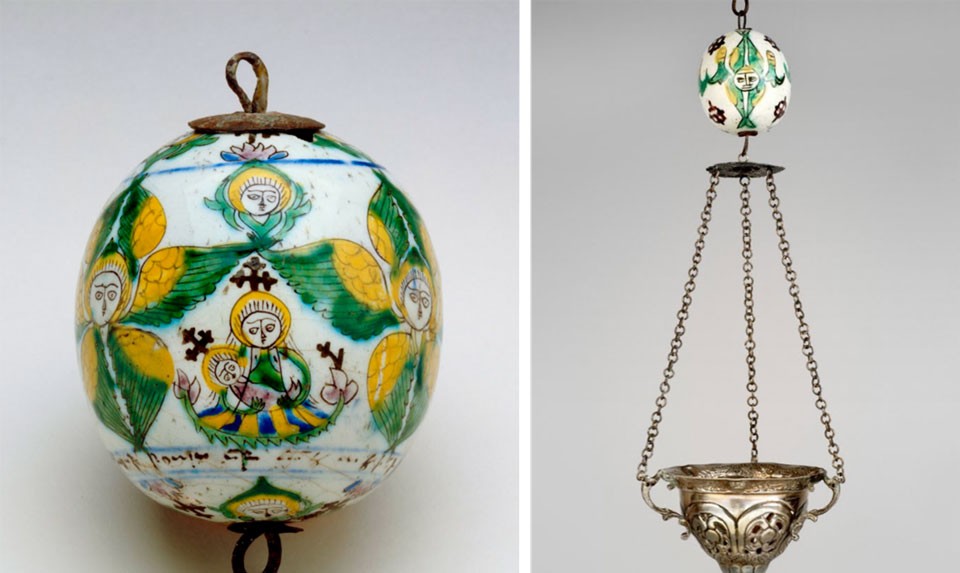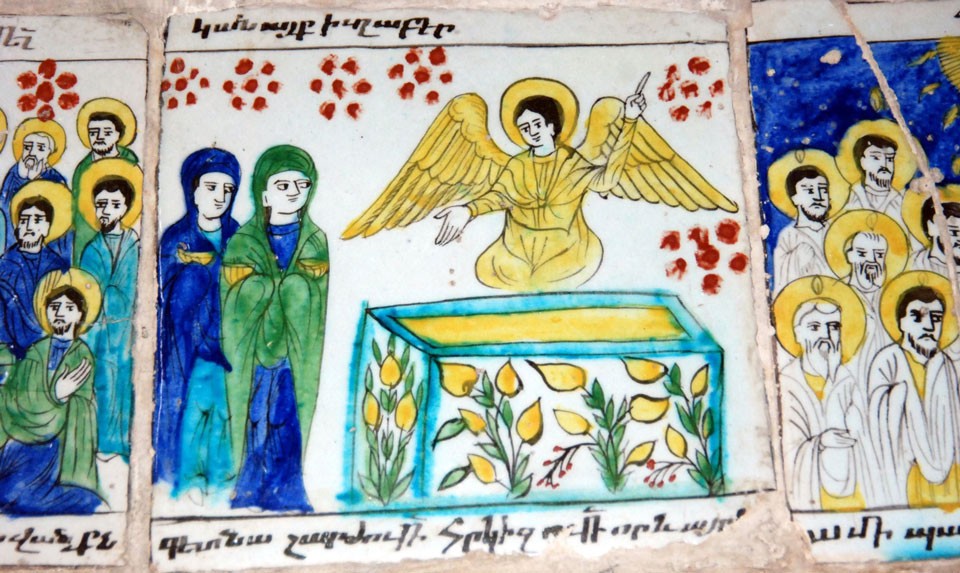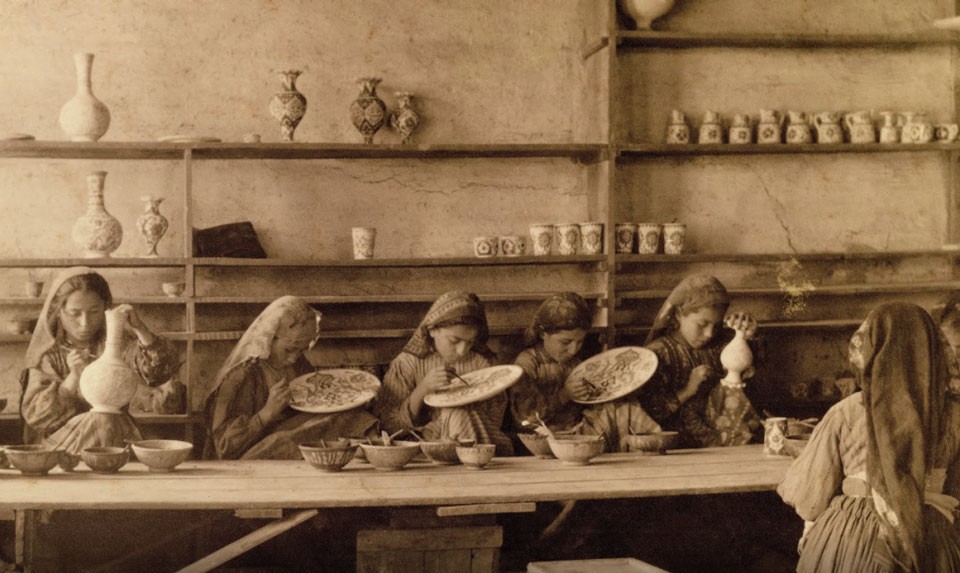Ceramic Eggs From Kutahya: Masterpieces Of Armenian Potters Of The 16-20 Centuries
The Armenian ceramic art of Kutahya is distinguished by its special artistic originality. The production flourished for over four centuries, and now the craftsmen's products are kept in private collections and museums around the world.
Located 300 kilometers southeast of Istanbul, Kutahya, founded more than two thousand years ago, became the most important multicultural center for ceramic production in the Ottoman Empire. The Kutahya school of ceramics, which became famous throughout Eurasia, flourished from the 16th to the 20th century: the soil in this region is rich in siliceous clay, so the Armenian, Turkish and Greek masters had the opportunity to improve in the art of glazed ceramics.
Armenian potters created colorful ceramics, painted bowls, ceramic eggs, incense burners, pendant lamps and decorations, jugs, architectural tiles, various utensils: coffee cups, saucers, vases, inkpots, teapots and much, much more.
Decorations ranged from floral and geometric patterns, ornaments and scenes of animals and people to scenes from the Old and New Testaments. Hundreds of them contain inscriptions or monograms in Armenian. Thus, Christian symbolism and images of Armenian saints indicate that most of the ceramic masters in Kutahya were Armenians who had lived in this city for a long time.
Separately, it is worth highlighting the spherical or egg-shaped pendant decorations, which were especially popular among the Armenian masters of Kutahya. The items were of different sizes and some of them retained the name of the donor and the purpose, for example, that the spheres were donated to the Jerusalem Church by Armenian pilgrims.
These ceramic ornaments had holes on both sides and were attached with chains to the lamps that hung in churches. As a rule, the pendants depicted green and yellow six-winged seraphim. In addition to the aesthetic, they also had a practical purpose: the spheres did not allow mice to steal oil from lamps. Such lamps can be seen even now, for example, in the Cathedral of St. James in Jerusalem and the Church of the Holy Sepulcher.
During the Armenian Genocide, the craftsmen were deported from the city, and from 1919 Jerusalem became their home for some of them. Armenian potters to this day create multi-colored ceramics, combining modern style with the Kutahya tradition.
